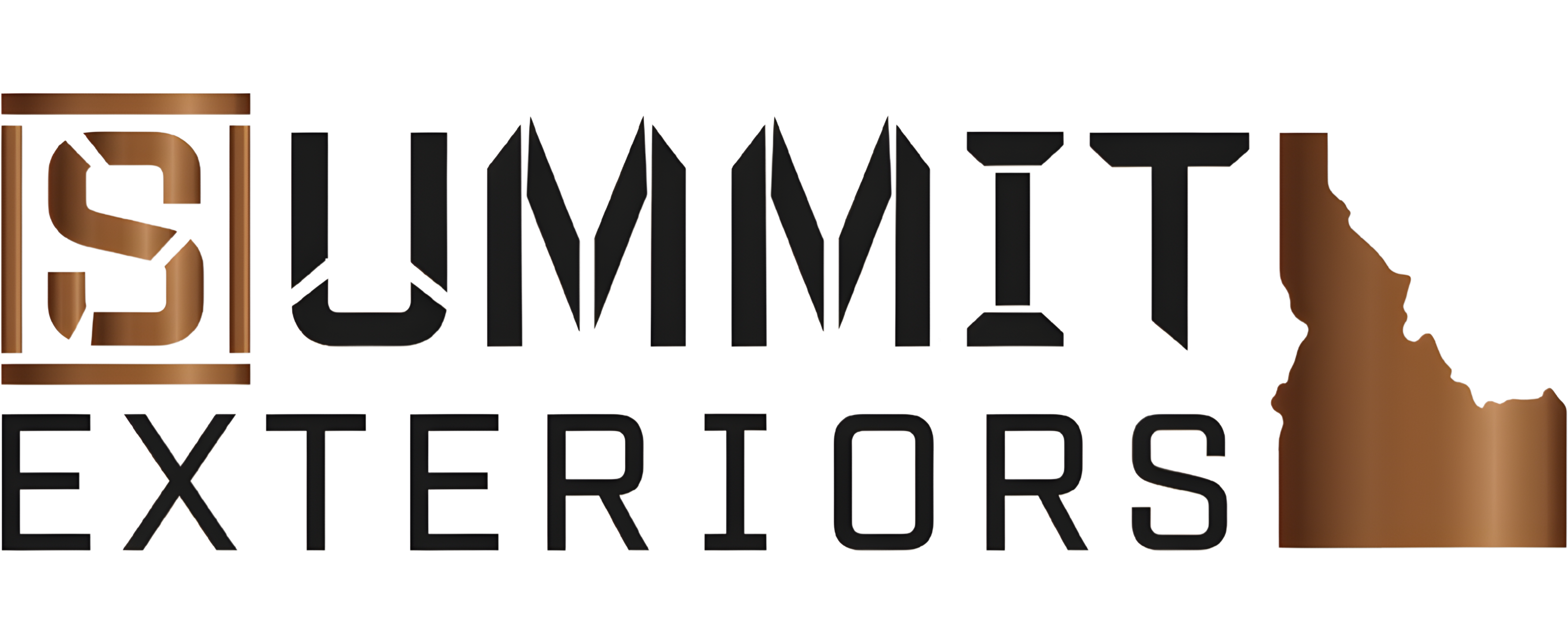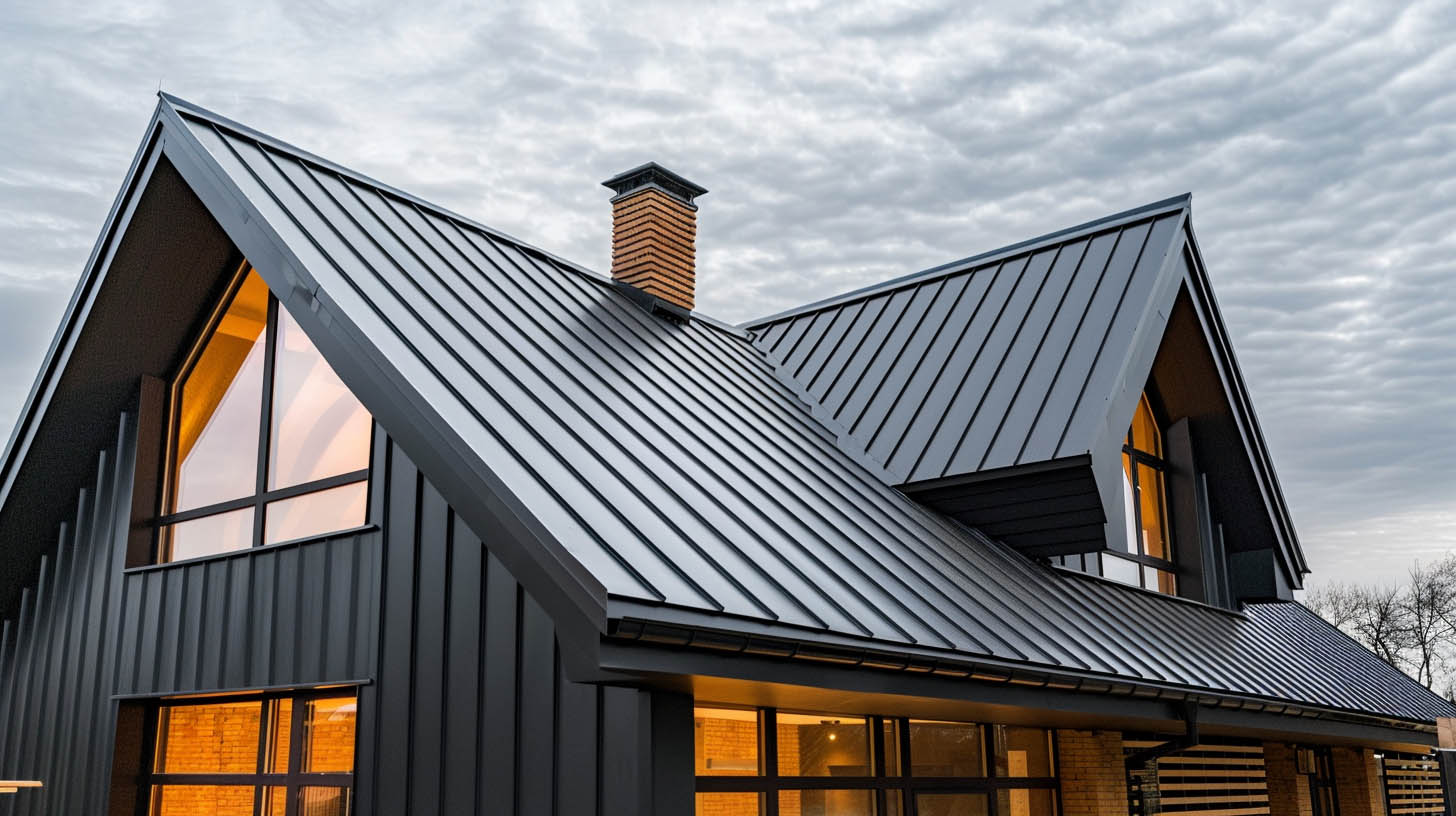Achieving a perfect fit in metal roofing requires precision, expertise, and the right techniques. From choosing the correct metal sheets to executing fine cuts, every step is crucial in ensuring the longevity and effectiveness of your roof.
Selecting the Ideal Metal Sheets
Begin your project by selecting high-quality metal sheets that are suited for your geographical area and weather conditions. Opt for materials that offer both durability and aesthetic value, enhancing the structural integrity and appearance of your building.
Considerations for Metal Sheet Selection:
Material Suitability: Choose materials that withstand local climate conditions, such as aluminum or galvanized steel, which offer resistance to corrosion and weathering.Thickness: Select the appropriate thickness for added durability and ease of handling during installation.
Preparing for Cutting
Proper preparation is key to ensuring precise cuts. A stable, flat work surface is essential for accurate measurement and safe cutting practices.
Steps for Effective Preparation:
- Surface Setup: Ensure the work surface is stable and flat.
- Tool Calibration: Prepare and calibrate tools to ensure they are in optimal condition for cutting.
- Safety Measures: Implement safety protocols to protect against injuries from sharp edges and metal debris.
Cutting Techniques for Metal Roofing
The technique used for cutting metal roofing can significantly affect the quality of the installation. It's important to use tools that are specifically designed for metal cutting to achieve clean, precise cuts.
Essential Tools and Their Uses:
Metal Shears and Snips: Ideal for making straight and curved cuts on thinner metal sheets.Circular Saws with Metal-Cutting Blades: Best for long, straight cuts on thicker metal panels.
Nibblers: Perfect for intricate shapes and angles, providing clean cuts without distorting the metal.
Installation Tips for a Perfect Fit
After cutting the metal sheets, proper installation is crucial for achieving a flawless finish. This involves aligning the panels correctly and securing them in place to ensure they withstand environmental factors and perform effectively over time.
Key Installation Guidelines:
Sequencing: Lay out panels in the correct sequence to ensure proper overlap and alignment.Fastening: Use the right type of screws or rivets, placing them at prescribed intervals to maintain the roof’s structural integrity.
Sealing: Apply sealants at seams and joints to prevent leaks and enhance weather resistance.
Why Choose Summit Exteriors?
Located in Coeur d'Alene, ID, Summit Exteriors is committed to providing top-tier roofing solutions. With over a decade of experience in the industry, we specialize in both residential and commercial roofing projects. Our expertise as an Owens Corning Preferred Contractor ensures that every metal roof installation is executed with precision and care, tailored to meet the unique needs of North Idaho residents.
Conclusion
Properly cutting and installing metal roofing is an art that requires precision, patience, and the right tools. By following these detailed guidelines, you can ensure that your metal roof is not only aesthetically pleasing but also durable and efficient. For expert advice and professional installation, consider partnering with Summit Exteriors, where quality meets craftsmanship in every project.



